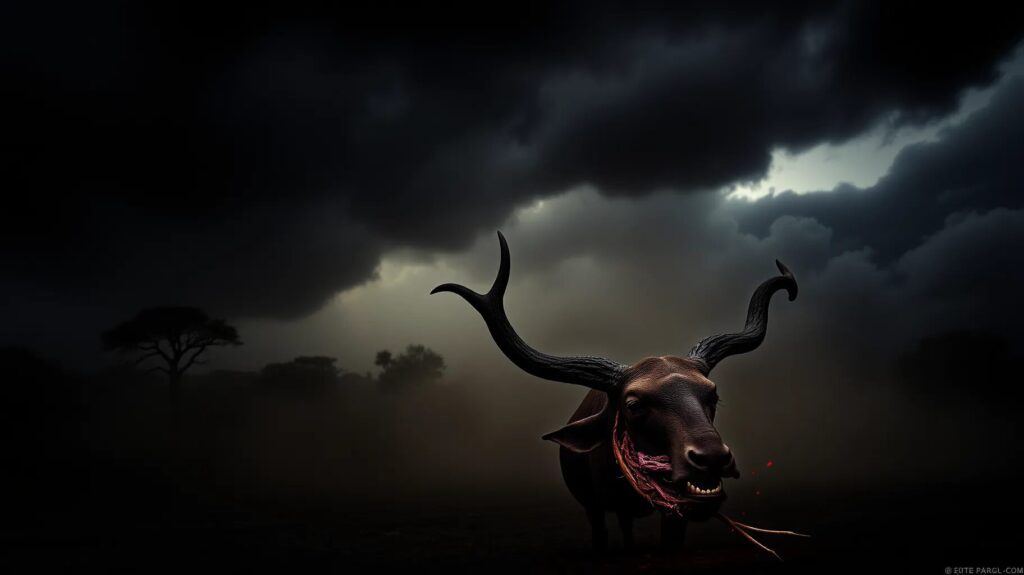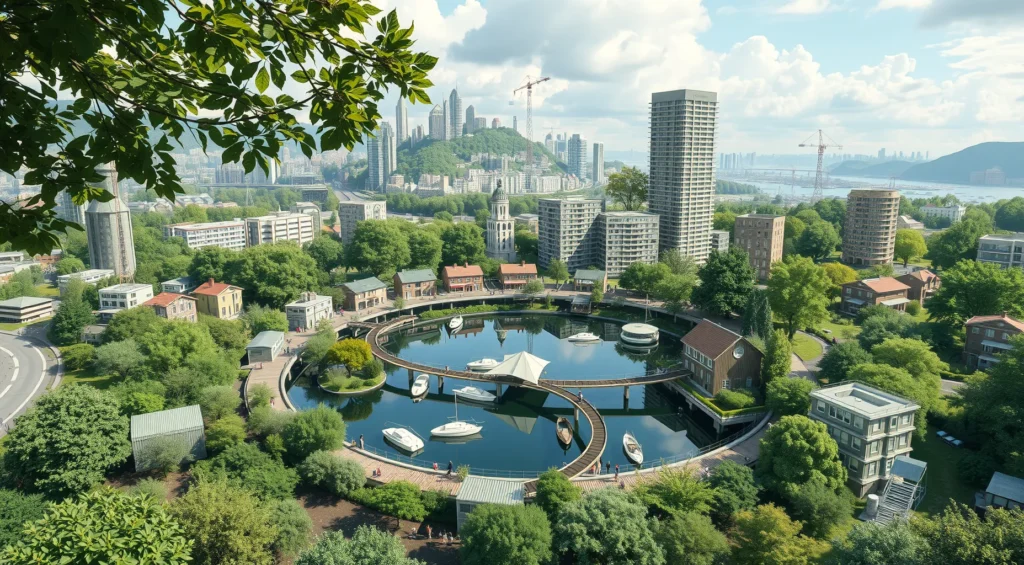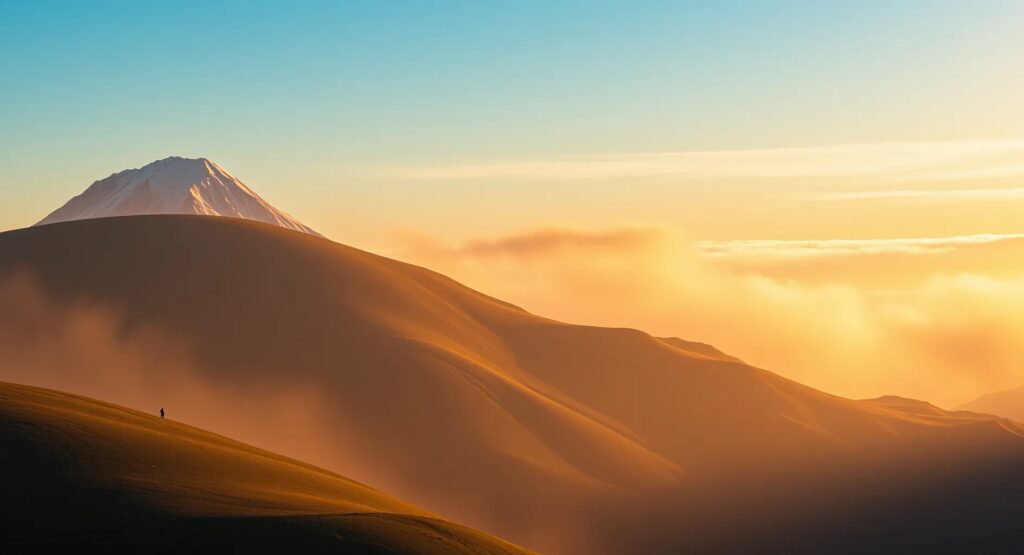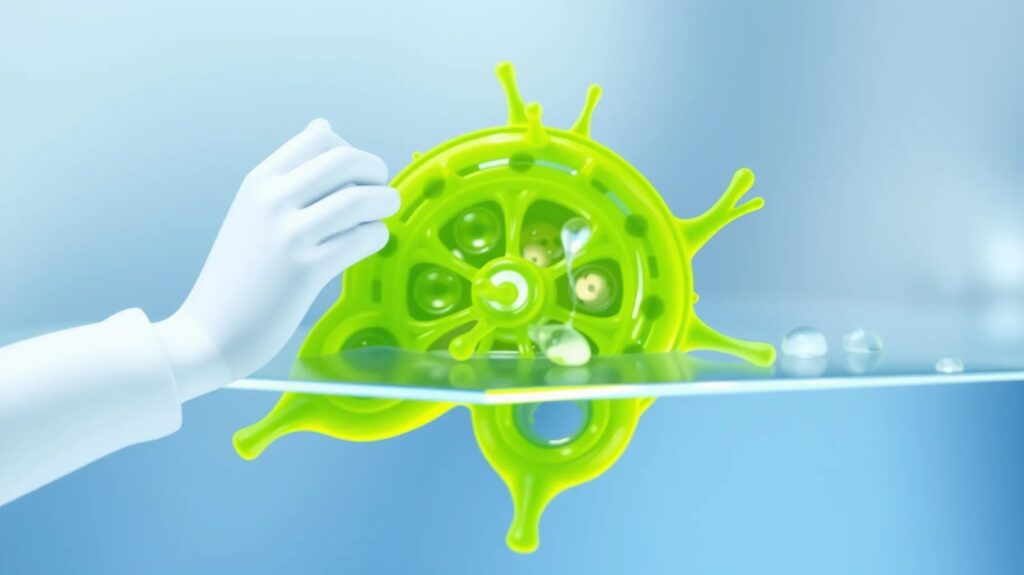
Nature-Inspired Solutions to a Global Crisis
Microplastic pollution is one of the most pressing environmental issues today. From oceans to drinking water, these tiny fragments are everywhere, threatening ecosystems and human health. Enter bio-inspired robotics, a revolutionary approach leveraging designs from nature to tackle the microplastic problem at its source.
These advanced robots mimic biological organisms, using natural efficiency to remove plastic pollutants. Let’s explore how these nature-inspired marvels are changing the game for sustainability and pollution control.
What Are Bio-Inspired Robots?
Learning From Nature’s Designs
Bio-inspired robots are machines modeled on biological organisms, such as fish, insects, and even bacteria. Engineers and scientists replicate the forms, movements, and behaviors of these organisms to solve complex challenges.
For example, robotic fish inspired by schools of fish can navigate crowded waterways, effectively collecting microplastics while swimming seamlessly through currents.
Why Mimic Nature?
Nature has perfected efficient designs over millions of years. Bio-inspired robots tap into this efficiency, offering:
- Energy savings: Natural motion minimizes energy use.
- Adaptability: These robots excel in varied environments, from oceans to riverbeds.
- Precision: Tiny movements allow robots to target microplastic hotspots.
How Bio-Inspired Robotics Target Microplastics
Microplastics: A Unique Challenge
Microplastics are difficult to remove because of their size—often smaller than 5mm—and widespread distribution. Traditional cleanup methods, like nets or filters, often miss these particles or disturb marine life.
Robotic Swarms and Filters
Nature-inspired robots solve this with strategies such as:
- Swarm robotics: Teams of small robots work together, mimicking schools of fish or colonies of ants. They use sensors to locate and trap microplastics.
- Sticky surfaces: Some robots have microfibers or bio-inspired adhesives that capture plastics without harming organisms.
These innovations enable more targeted, sustainable plastic removal.
Real-Life Examples of Bio-Inspired Cleanup
Robotic Fish Cleaning Oceans
Robotic fish like the one developed at Harvard University can swim autonomously, collecting plastics with their mouths. These robots mimic real fish, avoiding obstacles and interacting with marine life without harm.
Bacteria-Inspired Nanobots
Some robots take inspiration from microorganisms. These microscopic robots navigate through water, trapping and degrading microplastics chemically. Their small size lets them operate at an unprecedented scale.
Jellyfish Robots
Soft, jellyfish-inspired robots use flexible tentacles to passively collect floating microplastics. This design is not only effective but also safe for marine ecosystems.
Benefits Beyond Cleanup
Strengthening Ecosystems
By targeting microplastics, bio-inspired robots help restore marine ecosystems, giving wildlife a fighting chance. Cleaner water means healthier habitats for fish, corals, and other marine life.
Advancing Technology
The rise of bio-inspired robotics doesn’t just solve environmental issues; it also drives technological innovation. Applications span from medical robotics to renewable energy systems.
Bio-inspired solutions are shaping a cleaner, more sustainable future, with benefits rippling far beyond their initial purpose.
Nature has already solved many of the problems we’re facing today. We just need to learn from it.
— Janine Benyus, Biomimicry Pioneer
Challenges Facing Bio-Inspired Robotics in Cleanup
Complexity of Designing Biomimetic Systems
Building robots that accurately mimic biological systems is no small feat. Engineers face challenges in replicating the fluid movements and adaptability of natural organisms.
For instance, creating flexible materials that mimic fish fins or jellyfish tentacles requires advanced research in soft robotics and materials science. These innovations often come with high costs, delaying large-scale implementation.
Durability in Harsh Environments
The environments where microplastic cleanup occurs are notoriously tough. Saltwater, extreme pressures, and unpredictable currents test even the most robust robots. Designers must balance the fragility of biomimetic designs with the need for resilience.
Energy and Power Limitations
Energy efficiency is a strength of bio-inspired robots, but powering them for extended periods, especially in remote locations, remains a hurdle. Some solutions, like solar-powered systems, show promise but are still in early stages.
Innovations Boosting Feasibility
Advances in Materials Science
Recent breakthroughs in flexible and biodegradable materials are enhancing the durability and eco-friendliness of bio-inspired robots. Materials that mimic the elasticity of natural tissues or degrade harmlessly in water ensure minimal ecological impact.
These materials also improve robots’ ability to maneuver through debris-filled or turbulent environments.
AI and Swarm Coordination
Artificial Intelligence (AI) plays a critical role in coordinating robotic swarms. By mimicking how schools of fish or flocks of birds communicate, AI enables robots to collaborate effectively.
For example:
- Swarms can cover vast areas without overlapping work.
- Robots can adapt to real-time environmental changes, like currents or pollution surges.
Self-Sustaining Power Sources
Robotics researchers are exploring energy-harvesting technologies, such as:
- Solar panels: For surface-level cleanup.
- Hydrodynamic energy systems: Using water movement to recharge batteries.
These innovations make long-term deployments possible, even in remote areas.
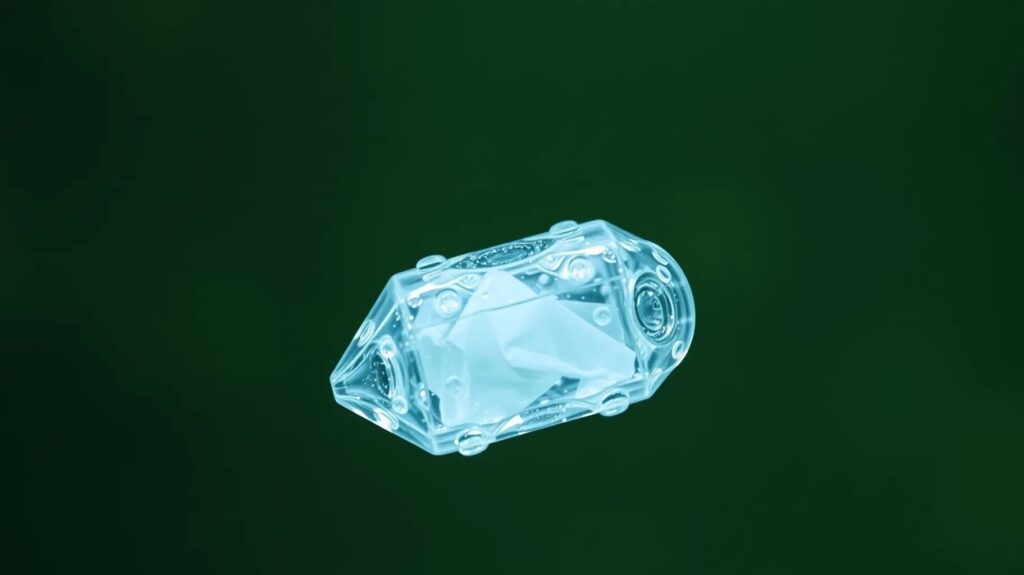
Collaborative Efforts in Bio-Inspired Robotics
Global Partnerships for Clean Oceans
Several organizations and governments are teaming up with universities and tech companies to advance robotic solutions for pollution. These collaborations bring funding, expertise, and public awareness to the issue.
Some standout initiatives include:
- The EU’s Horizon 2020 Program: Funding projects for bio-inspired environmental tech.
- The Ocean Cleanup: Integrating robotic systems with their large-scale plastic removal platforms.
Citizen Science Meets Robotics
Citizen science programs involving small-scale bio-inspired robots let communities play an active role in cleanup efforts. By deploying low-cost robots in local waterways, these initiatives empower individuals to fight microplastic pollution firsthand.
In-Depth Look: How Bio-Inspired Robots Work
Mimicking Motion: Efficiency and Precision
Bio-inspired robots rely on biomimetic movement to navigate through aquatic environments. Unlike conventional machines, these robots replicate the fluid motions of living organisms, optimizing energy efficiency and reducing environmental disruption.
Examples of Biomimetic Motion:
- Fish-like propulsion: Robotic fins generate thrust while minimizing turbulence, allowing seamless navigation through debris-laden waters.
- Jellyfish undulation: Flexible, soft-bodied designs mimic jellyfish pulsations, enabling gentle interaction with fragile ecosystems.
- Bacteria-inspired corkscrew motion: Microscopic robots inspired by flagella use rotating movements to traverse tiny, hard-to-reach areas.
This precise movement not only captures microplastics more effectively but also ensures minimal impact on aquatic life.
Sensors and Detection Technologies
To locate and capture microplastics, these robots integrate advanced sensor systems inspired by biological sensory organs.
Key Technologies in Use:
- Optical sensors: Mimicking compound eyes of insects, these sensors detect tiny particles and differentiate them from natural debris.
- Chemical sensors: Robots can “smell” microplastics by detecting chemical markers like bisphenol A (BPA) or phthalates.
- Acoustic sensors: Inspired by the echolocation of dolphins, robots use sound waves to map underwater microplastic concentrations.
By combining these technologies, robots can efficiently identify and target polluted zones.

Cutting-Edge Projects in Bio-Inspired Robotics
Harvard’s Robotic Fish: A Leap Forward
Harvard’s Soft Robotic Fish, also known as “SoFi,” represents a breakthrough in bio-inspired robotics. Designed to mimic real fish:
- It uses soft silicone materials for fins, enabling life-like swimming patterns.
- Equipped with cameras and sensors, SoFi can autonomously navigate and identify areas with high plastic concentrations.
This robot demonstrates how bio-inspired designs can excel in practical applications, from cleanup to environmental monitoring.
Microplastic-Eating Nanobots
At the microscopic level, researchers at ETH Zurich have developed bacteria-inspired nanobots that:
- Swim through water using magnetic fields.
- Use catalytic surfaces to degrade microplastics chemically.
These robots could revolutionize how we address pollution in hard-to-reach areas, such as underground water reserves or deep-sea ecosystems.
RoboJelly: The Soft Robotics Marvel
Developed by Virginia Tech, RoboJelly uses a soft, jellyfish-like structure to glide through the water. Its advantages include:
- Gentle tentacle-like appendages that collect plastics passively.
- A self-healing body made from synthetic, biodegradable materials.
Such soft robots ensure a low ecological footprint, making them a perfect choice for sensitive habitats like coral reefs.

Addressing Key Concerns With Bio-Inspired Robotics
Can Robots Avoid Unintended Harm?
While bio-inspired designs are inherently safer, their deployment must consider potential risks to marine ecosystems. For example:
- Robot entanglement: Soft robots could get tangled in natural debris like seaweed.
- Interaction with wildlife: Although most designs are non-invasive, there’s a slight risk of accidental disruption to marine life.
Solutions include incorporating self-releasing mechanisms and limiting robot activity to non-breeding seasons for key species.
How Do We Handle Waste Management?
Even bio-inspired robots will eventually need decommissioning. Fortunately, advancements in biodegradable materials mean these robots can be safely broken down and recycled.
Additionally, many robots are designed to collect both microplastics and larger waste, doubling their impact by preventing new waste accumulation.
Future Prospects: Scaling Bio-Inspired Robotics
Decentralized Robotic Cleanup
Imagine a future where individuals or communities can deploy small, affordable robotic systems in local rivers, lakes, and coastlines. These decentralized efforts could complement larger-scale cleanup operations, dramatically increasing the impact of bio-inspired robotics.
Integration With AI and Machine Learning
The next wave of robotics will integrate machine learning algorithms to improve functionality over time. Robots could:
- Learn to identify new pollutants.
- Optimize cleaning routes based on real-time data.
- Communicate with other robots for efficient task delegation.
This dynamic adaptability will transform cleanup efforts into self-sustaining systems.
Partnerships With Industry
By collaborating with manufacturers, bio-inspired robotics can become part of a broader circular economy. Companies could develop systems where plastics are not only collected but also processed and reused to produce more robots or other eco-friendly products.
How Everyday People Can Support Bio-Inspired Robotics
Raise Awareness About Microplastic Pollution
One of the easiest ways to support bio-inspired robotics is by spreading awareness of microplastic pollution and innovative solutions like these robots.
Simple Steps to Get Involved:
- Share articles, documentaries, or social media posts about the issue.
- Host community events, such as clean-up drives, where you can discuss how bio-inspired robotics could amplify efforts.
- Engage with educational programs to teach children about the problem and emerging technologies addressing it.
When people understand the scope of the problem and the potential of solutions like bio-inspired robots, they’re more likely to support initiatives or push for policy changes.
Advocate for Funding and Policies
Most bio-inspired robotics projects rely heavily on research funding and government backing. Everyday citizens can play a pivotal role in advocating for increased investment in sustainable technology.
Ways to Push for Change:
- Write to local representatives or policymakers urging them to prioritize funding for robotic cleanup technology.
- Sign and share petitions calling for environmental action, especially those that mention innovative solutions like these robots.
- Support legislation aimed at reducing plastic waste, which directly complements robotic cleanup efforts.
By voicing public demand, you can help create a political climate that supports innovation.
Contribute to Citizen Science Programs
Some organizations offer opportunities for individuals to actively participate in robotic microplastic cleanup efforts.
Examples of Citizen Science Involvement:
- Community deployment programs: Certain initiatives allow people to use small-scale robots to clean local waterways.
- Data collection: Participants can help monitor pollution levels in their areas, providing valuable input for robotic algorithms.
- Feedback and testing: Early adopters can test prototype robots, helping researchers refine their designs.
Participating directly empowers individuals to contribute while demonstrating the robots’ potential to others in their communities.
Reduce Your Own Plastic Footprint
Supporting bio-inspired robotics isn’t just about advocating for others to take action; it’s also about aligning your behavior with their goals. Reducing personal plastic use directly lessens the workload for these robots.
Simple Lifestyle Changes:
- Use reusable bags, bottles, and containers to minimize single-use plastics.
- Avoid products with microbeads (commonly found in some cosmetics and toothpastes).
- Participate in local recycling programs and encourage responsible waste disposal.
The fewer plastics we introduce into the environment, the more effective cleanup efforts, robotic or otherwise, will be.
Donate to Research and Projects
Supporting the funding of bio-inspired robotics is another way to contribute. While governments and universities fund many projects, private donations can accelerate development.
Where to Donate:
- Universities or labs specializing in robotics, such as MIT or ETH Zurich.
- Environmental NGOs that collaborate on tech solutions, like The Ocean Cleanup or World Wildlife Fund (WWF).
- Crowdfunding campaigns for startups or prototype projects focused on microplastic cleanup.
Many organizations offer updates and reports on their progress, so you can see the direct impact of your support.
Encourage Collaboration With Local Organizations
Environmental groups, schools, and even local businesses can play a role in advocating for bio-inspired robotics. By connecting these stakeholders, everyday people can foster partnerships that bring robotics to their own communities.
How to Facilitate Collaboration:
- Suggest local cleanup drives that include a tech demonstration or showcase.
- Work with educators to integrate topics on sustainability and robotics into school curriculums.
- Encourage local businesses to sponsor robotic cleanup efforts as part of their corporate social responsibility (CSR) programs.
By making connections, you help create a grassroots network that amplifies these innovations.
Together, Small Actions Can Lead to Big Change
Supporting bio-inspired robotics doesn’t require specialized skills or expertise. Everyday people have the power to raise awareness, reduce plastic waste, and push for meaningful change. Each action, no matter how small, contributes to a global movement toward a cleaner, healthier planet.
Studies Supporting Bio-Inspired Robotics for Microplastic Cleanup
The development of bio-inspired robotics for environmental cleanup isn’t just futuristic speculation—it’s backed by rigorous scientific research. Several studies are proving the effectiveness and potential of these innovations in tackling microplastic pollution.
A 2022 study published in Nature Communications demonstrated how robotic fish, designed to mimic the flexible movements of real fish, could effectively collect microplastics in aquatic environments. These robots, known as “flexible fishbots,” can swim through water and gather particles in hard-to-reach places, like riverbeds and estuaries. The study highlighted the robot’s ability to operate in varying water conditions, making it a highly adaptable solution for microplastic removal.
Research from the University of Surrey has also explored the use of bio-inspired drones for both air and sea operations. Their drones, inspired by birds, can scan beaches and coastal waters for microplastic concentrations. With advanced image recognition algorithms, these drones help map out polluted areas, providing valuable data that guides the deployment of robotic cleanup technologies.
Additionally, a groundbreaking paper from the Max Planck Institute for Intelligent Systems focused on developing micro-sized robots called microrobots, inspired by bacteria. These robots can swim through water autonomously, powered by magnetic fields, and target microplastics as small as 1 micrometer. The study revealed that these microrobots could potentially bind to plastic particles and even degrade them, offering a dual approach to both removing and processing microplastics in one go.
Another notable study, conducted by ETH Zurich, involved soft-bodied robots that can crawl through sand and rocky areas, collecting tiny plastic fragments on beaches. These robots are equipped with sensors that allow them to distinguish between organic matter and microplastics, improving accuracy in collection efforts.
The evidence from these studies makes it clear: bio-inspired robotics holds the potential to revolutionize how we manage and mitigate microplastic pollution. With continuous research and development, these technologies are inching closer to becoming practical, large-scale solutions for cleaner oceans and ecosystems.
Resources
Nature Communications
Nature Communications publishes cutting-edge research on bio-inspired technology and environmental solutions. This journal often covers advancements in robotics, including flexible fishbots and other microplastic cleanup innovations. Website: Nature Communications
The Ocean Cleanup
An organization dedicated to cleaning the world’s oceans, The Ocean Cleanup provides extensive information on plastic pollution and innovative technologies, including robotics, to tackle the problem. Website: The Ocean Cleanup
Plastic Pollution Coalition
This global alliance of organizations and researchers offers resources on plastic pollution, including microplastics, and shares news on technological solutions like bio-inspired robotics to combat this issue. Website: Plastic Pollution Coalition
